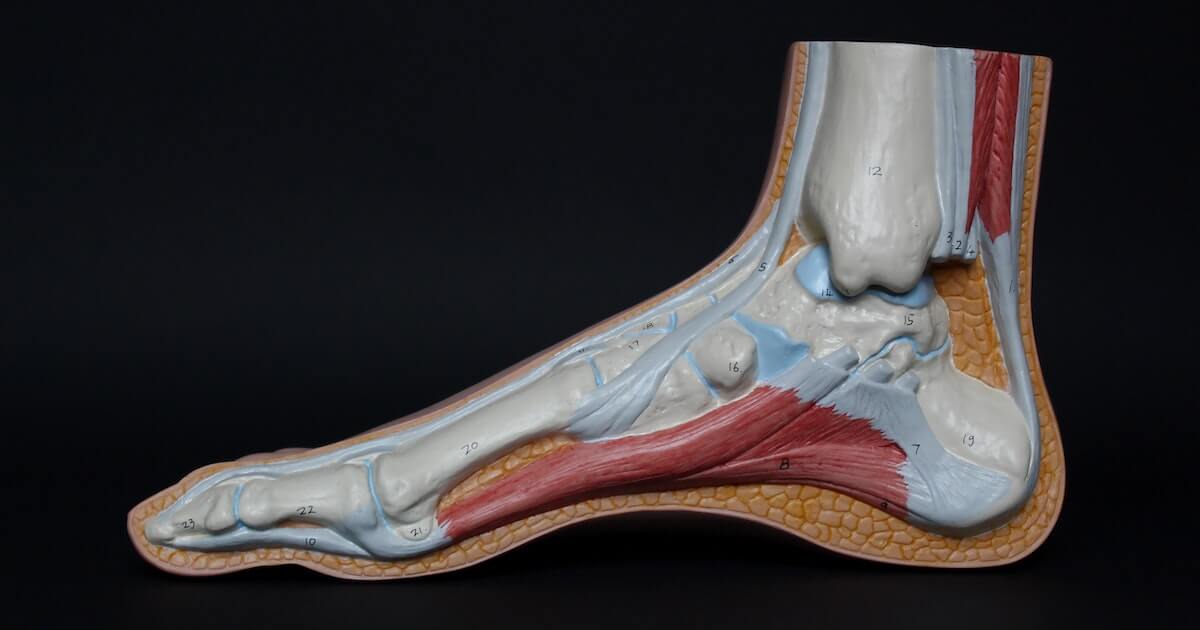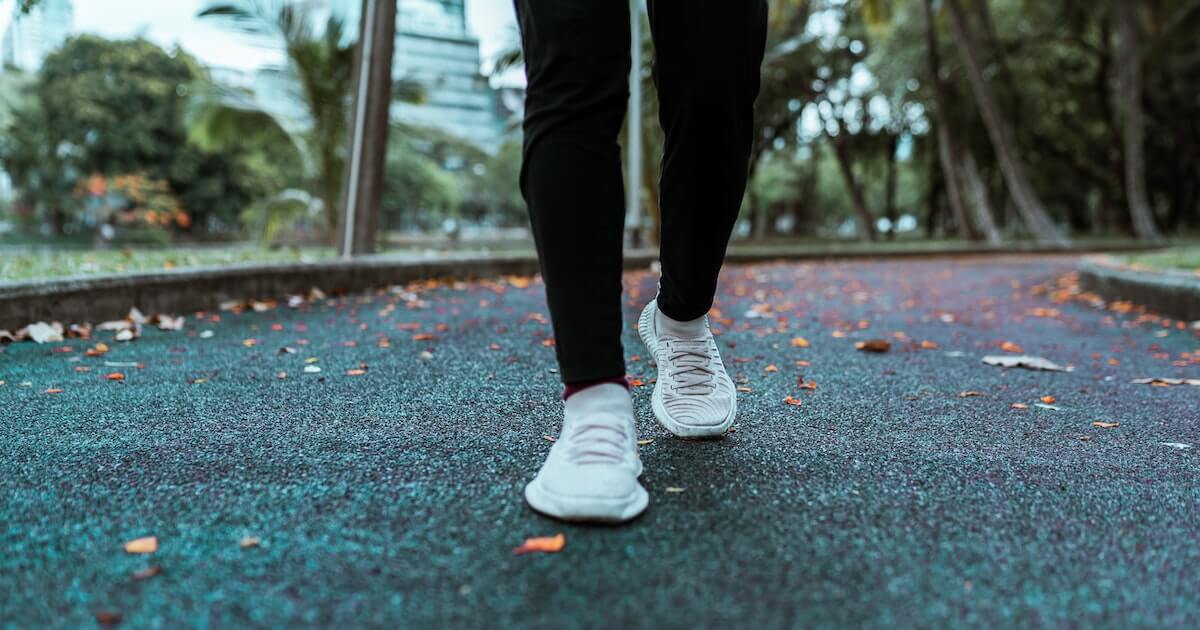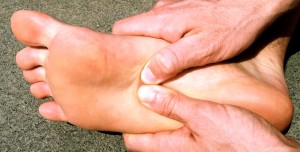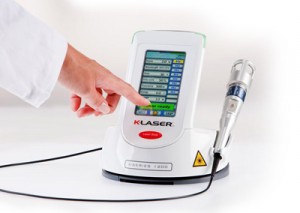Ouch! Have you been experiencing a shooting or stabbing pain in one or both heels upon stepping out of bed or after long periods of sitting? You may be suffering from plantar fasciitis. Plantar fasciitis is the most common cause of heel pain and, if left untreated, often becomes much worse.
What Plantar Fasciitis Is

Plantar fasciitis is inflammation of the plantar fascia that encases the ligament which spans the sole of your foot, connecting the heel of your foot to the base of your toes. It is caused by small tears that occur in the plantar fascia as a result of repeated foot strain. It’s the most common cause of heel pain and tends to be progressive unless treated.
Plantar fasciitis sufferers experience what is typically described as being an acute, stabbing pain in their heels. The pain tends to be worse in the mornings or after long periods of sitting or resting.
What Causes it
Plantar fasciitis is caused by repetitive strain to the soles of the feet. It is a common ailment suffered by individuals with occupational or athletic activities that place a lot of tension and stress on their feet. It can also result from improper foot dynamics from overly high or flat arches, unsuitable footwear, or an imbalanced gait, and is a common occurrence for:
- People whose occupation requires them to spend long periods on their feet (ie: nurses, factory workers, hair stylists and clerks).
- Runners, dancers and individuals who partake in activities that place excess strain on their feet.
- Individuals between the ages of 40 – 60 (most commonly).
- Anyone carrying excess weight.
- People with gait issues or suboptimal foot dynamics.
A Word of Warning About Footwear

Walking barefoot and sporting flip-flops may be part of island living during the summer months, but should be avoided by those who are prone to foot strain. It’s also pertinent that runners and other athletes replace worn-out athletic shoes and ensure their footwear offers adequate arch support, cushioning and shock absorption that’s based on proper foot ergonomics and according to their sport.
Plantar Fasciitis Treatment
It’s best to treat plantar fasciitis at the early onset of symptoms. People who ignore symptoms often unknowingly adjust their walking patterns in efforts to partially relieve pain, resulting in undue strain and injury to other areas of the body including the knees, hip and back. This is why prompt treatment is prudent.
Plantar Fasciitis treatment often combines physiotherapy, massage therapy, gait analysis and custom orthotics to relieve pain and tension and prevent further foot strain. Treatment may include recommendations for icing, rest and the short-term use of over the counter pain-killers as needed.
The good news is that with proper treatment and new preventative measures, plantar fasciitis symptoms can be relieved and sufferers can often comfortably return to the activities they enjoy.
If You Suspect You Have Plantar Fasciitis or Are Concerned About Foot Strain:
Contact Diversified Health Clinic today to book an appointment, or for more information on the treatment options we provide, including our innovative GaitScan Analysis. Our integrated approach and amenities empower our practitioners to provide you with treatment options that are custom-tailored to your specific needs. We also offer direct billing and weekend appointments.





 A custom orthotic is a biomechanical medical appliance designed to align the foot and ankle into the most anatomically efficient position. Orthotics work by decreasing high-pressure areas, stabilizing foot alignment and cushioning the foot.
A custom orthotic is a biomechanical medical appliance designed to align the foot and ankle into the most anatomically efficient position. Orthotics work by decreasing high-pressure areas, stabilizing foot alignment and cushioning the foot.